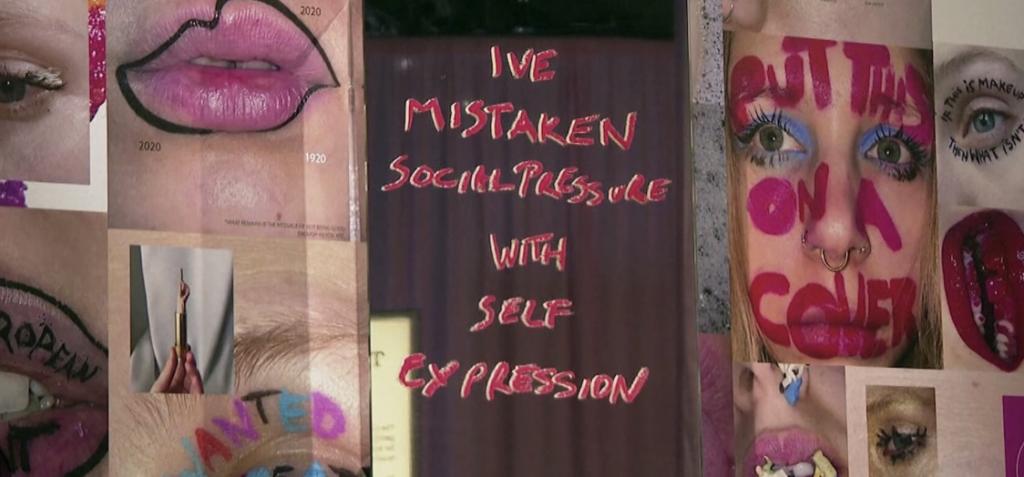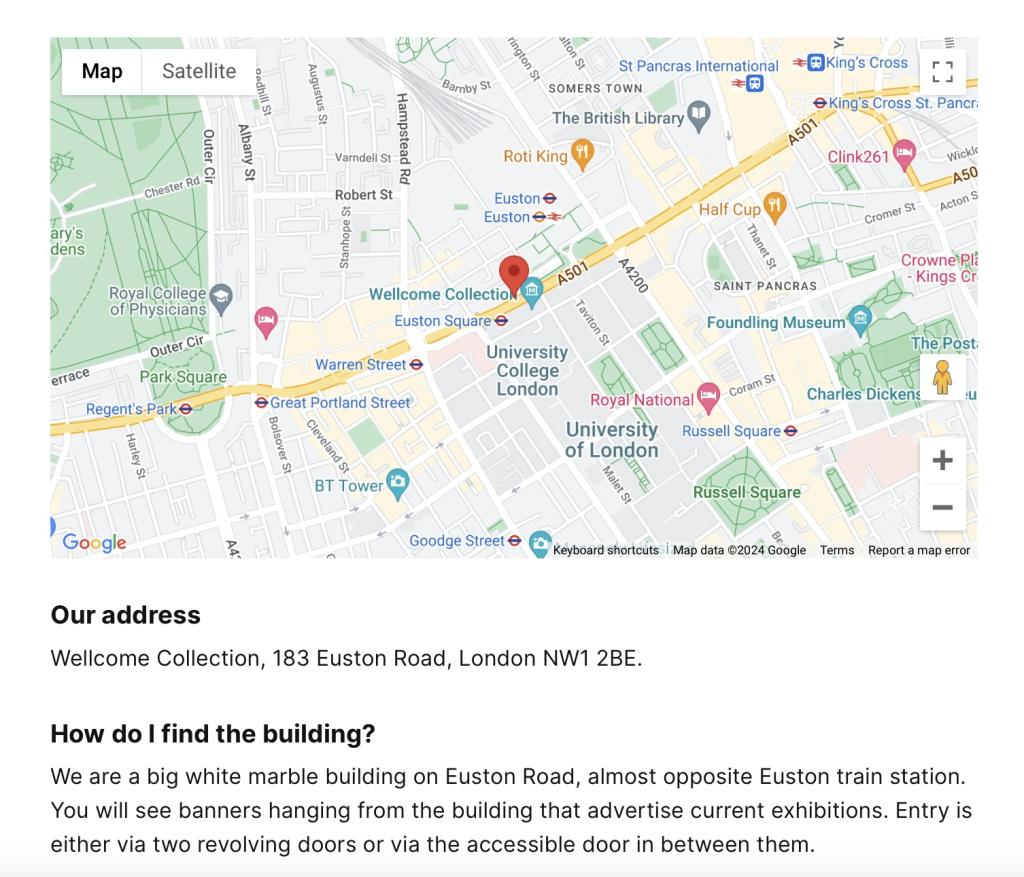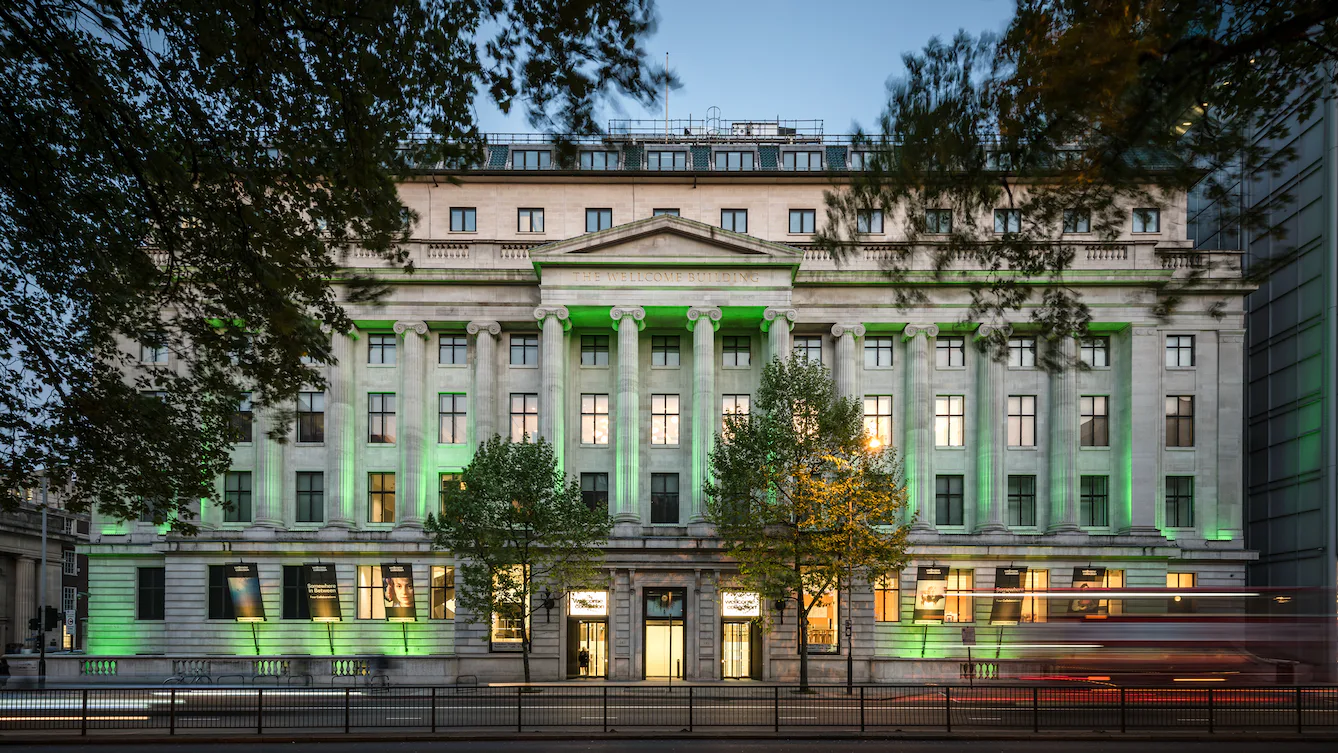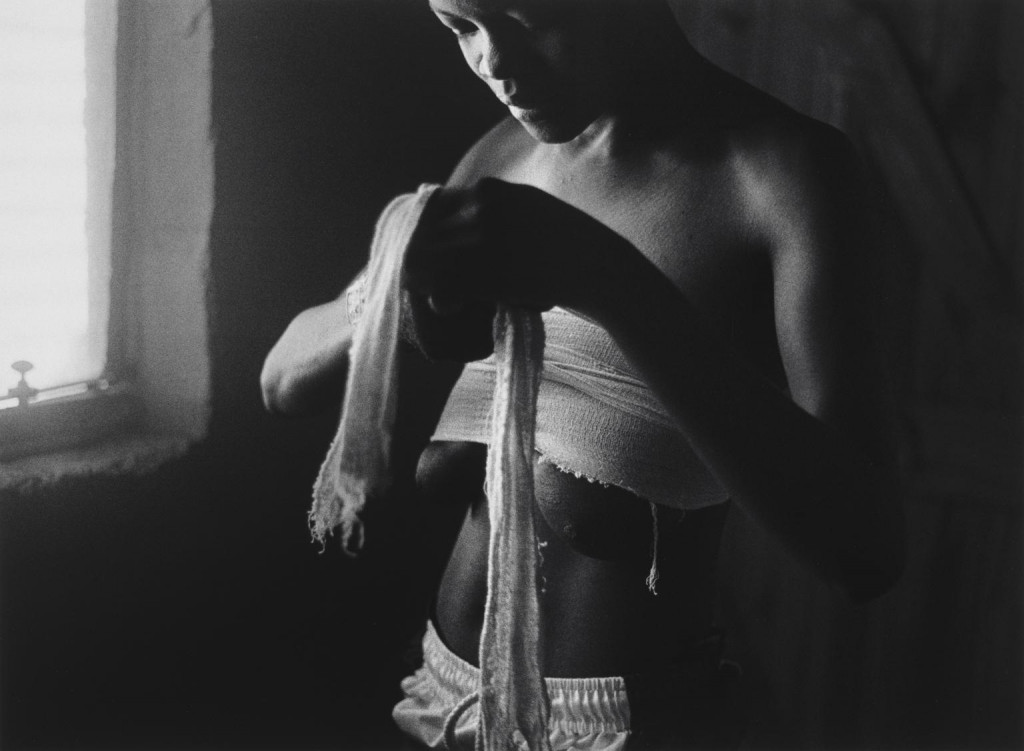TOPIC 2 - Seminar Preparation

Detail from Makeupbrutalism (Eszter Magyar), It makes no sense to be beautiful if no one is ugly (2023). Multi-media collage, sculptural objects.
The wall text for this work describes it as follows, "As Makeupbrutalism, former make-up artist Eszter Magyar began sharing provocative content "mixing social criticism with human aesthetics" on social media in 2018. This installation is a montage of her practice straddling cosmetics and artistic mediums. She categorises her close-up editorial photographs as "social commentary" and her diagrams as "pseudo-science". [...] Magyar prompts her viewers to question their beliefs, to confront their raw selves beneath social pressure and to peel back the layers of the beauty industry." You can listen to the artist discuss her commission for the Wellcome Collection here.
On 8 and 9 February, seminars for Gender and Politics will take place off campus.
We will be visiting the exhibition The Cult of Beauty, currently on display at the Wellcome Collection.
About the visit
You are recommended to attend your allocated seminar group. However, if the commuting time to/from the exhibition venue interferes with any other lectures/seminars you may need to attend on that day, you are welcome to join any other group. If you are unsure about what other slots are available, please email me at a.forte@qmul.ac.uk.
Please read this if you are enrolled on the Friday seminar at 2pm. Because the lecture is held on campus at 3pm, there won't be enough time for us to get back to QMUL on time. For this reason, feel free to join any other of the other available slots on Thursday, 8 February (3pm/4pm/5pm) or Friday, 9 February (10am/11am/12pm).
Please note that the first assignment for this module, due on 21 February, requires you to have seen this exhibition. Email the module convenor if you think it will be impossible for you to make alternative arrangements. However, if you wish to visit/revisit the exhibition in your own time, The Cult of Beauty will be running until Sunday, 28 April 2024.
At the start of the “seminar”, I will meet you at the entrance of the Wellcome Collection. I will say a few introductory words before leaving you the space and time to visit the exhibition. We will reconvene as a group at the exit for a discussion, inspired by the lecture and readings for the topic Introduction: What is Gender?
 How to get to the venue
How to get to the venueIf you are travelling from QMUL campus, I recommend the following option: Hammersmith & City line from Stepney Green station. Get off at Euston Square (about three minutes' walk away).
Other stations close to the Wellcome Collection are Euston, Warren Street, St Pancras and King’s Cross. You'll find detailed directions here.

You have arrived!
It will take you approximately 35/40 minutes to get to the venue from QMUL but allow extra time.
Where we are meeting
Enter the Wellcome Collection building, and we will see you at the entrance of the exhibition, which is located to your left (next to the reception). This is where Meena, Miranda and I will be meeting you at the start of the seminar (3pm/4pm/5pm on Thursday and 10am/11am/12pm on Friday). The exhibition is free, but please note no food or drink is allowed inside the area. I should also make you aware that the exhibition includes depictions of nudity, images of surgery and human tissue. It also contains racist and misogynist materials.
Preparation for the seminar
1) Attend and take notes on the lecture.
2) Read and take notes on the following core reading:
- Judith Butler (1993) Bodies That Matter. On the Discursive Limits of ‘Sex’. New York: Routledge. Please read the Preface (pp. ix-xii), Introduction (only pp. 1-16) and the section “Gender Perfomativity and Drag” in Chapter 8, “Critically Queer” (pp. 230-233). Available as an e-book via QMUL Library.
Please choose ONE of following two texts:
- Arianne Shahvisi (2022) What’s the difference? London Review of Books 44(17).
Kit Heyam (2022) "Introduction. 'I had a gown on in a lark': what is trans history?", in Before we were trans: a new history of gender. London: Basic Books, pp. 1-28.
N.B. In Bodies that Matter (1993), Judith Butler presents a certain understanding of the notion of sex/gender and a critique of this understanding. The text is not easy to read, but do not give up and try to understand what is going on. You may want to use the following questions to guide you:
- What is the understanding of sex and gender that Butler criticizes?
- What is Butler's critique?
- Why is it important for Butler to present this critique?
3) Watch “Impossibility Now”, the trans* politics manifesto by Dean Spade. Understanding Spade's arguments will be useful for the seminar's final plenary discussion. See link at the bottom of this section.
4 ) Finally, feel free to also read and take notes on the following additional reading for the topic:
- Ann Fausto-Sterling (2000) "Dueling Dualisms", in Sexing the Body. Gender politics and the construction of sexuality. New York: Basic Books, pp. 1-44. Print book available at QMUL Library.
- Emi Koyama (2006) "Whose feminism is it anyway?: The unspoken racism of the trans inclusion debate," in Susan Stryker and Stephen Whittle (Eds.) The Transgender Studies Reader. New York: Routledge, pp. 315-332.
- Susan Stryker (2008) "An Introduction to Transgender Terms and Concepts," in Transgender History. Berkeley: Seal Press. Print book also available at QMUL Library.
- Afsaneh Najmabadi (2013) “Reading transsexuality in “gay” Tehran (around 1979),” in Susan Stryker and Aren Aizura (Eds.) The Transgender Studies Reader: Volume 2, New York: Routledge.
- Dean Spade (2015) “Introduction: Rights, Movements, and Critical Trans Politics,” in Normal Life: Administrative Violence, Critical Trans Politics, and the Limits of Law. Duke University Press, pp. 1-13.
- Dora Silva Santana (2019) Mais Viva! Reassembling Transness, Blackness, and Feminism. Transgender Studies Quarterly 6(2), pp. 210-222. A PDF copy can be found at the bottom of this page.
- Jules Joanne Gleeson and Nathaniel Dickson (2019) The Future of Trans Politics. Verso Blog.
- Paul B. Preciado (2020) “Introduction: An Apartment on Uranus,” in An Apartment on Uranus. Chronicles of the Crossing. London: Fitzcarraldo Editions, pp. 29-51.
Questions to prepare ahead of Q&A (online) on Friday 9 February @ 2pm - Link TBC
1) Explore Judith Butler’s critique of the sex/gender distinction. Use the following three questions to guide you after the reading:
- What is the understanding of sex and gender that Butler criticizes?
- What is Butler's critique and why is it important for her to make it?
- How does the text by Shahvisi/Heyam help us better understand Butler's critique?
Feel free to highlight any passage of difficult comprehension. 


